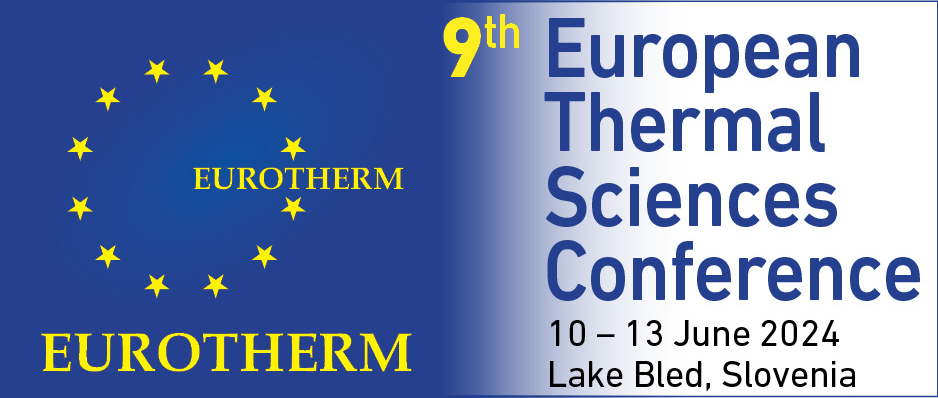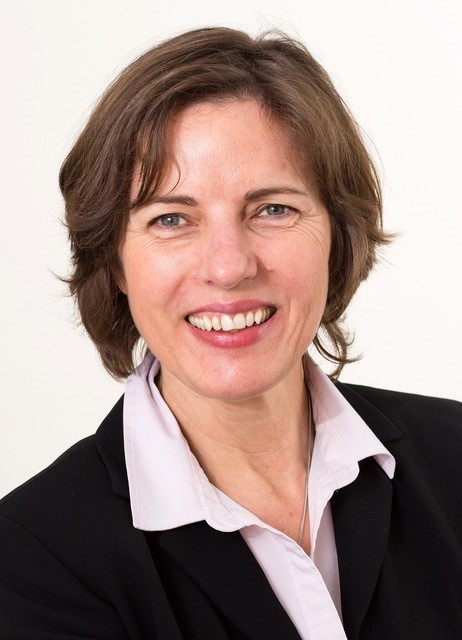Managing high heat loads in extreme X-ray optics
Saša Bajt
X-ray Free Electron Lasers (XFELs) are large accelerator-based X-ray sources that produce extremely intense X-ray light in pulses of femtosecond duration. They can be used, for example, for flash photography of macromolecular crystals to decipher how photosynthetic proteins convert and utilize light energy, to generate states in materials that resemble the conditions in the interior of large planets and stars, or to image shock waves and crack propagation. All of these applications require the ability to control the extreme X-ray pulses—to focus or shape them as needed for a particular measurement. Not only must X-ray optics for XFELs be of exquisite precision to obtain the best optical properties but they must also be able to withstand extreme irradiation conditions.
We are exploring the performance of novel diffractive X-ray optics to focus XFEL beams using multilayer Laue lenses (MLLs). High intensities and nanometer spots were demonstrated with both synchrotron and XFEL beams [1,2]. MLLs are based on synthetic multilayer structures and can be fabricated to a precision below 1 Å by magnetron sputtering. We made substantial progress in the preparation of these 3D nanostructured optical elements due to better understanding of the material properties and at-wavelength optical metrology, which is used to characterize their performance. Based on first measurements at the European XFEL, we are currently developing MLLs that are based on new materials and an improved mounting of these lenses. This development is guided by heat load numerical simulations.
[1] S. Bajt et al., Light Sci. Appl. 7, 17162 (2018).
[2] M. Prasciolu et al., SPIE Proc. Vol. 11886, 118860M-1 (2021).
We are exploring the performance of novel diffractive X-ray optics to focus XFEL beams using multilayer Laue lenses (MLLs). High intensities and nanometer spots were demonstrated with both synchrotron and XFEL beams [1,2]. MLLs are based on synthetic multilayer structures and can be fabricated to a precision below 1 Å by magnetron sputtering. We made substantial progress in the preparation of these 3D nanostructured optical elements due to better understanding of the material properties and at-wavelength optical metrology, which is used to characterize their performance. Based on first measurements at the European XFEL, we are currently developing MLLs that are based on new materials and an improved mounting of these lenses. This development is guided by heat load numerical simulations.
[1] S. Bajt et al., Light Sci. Appl. 7, 17162 (2018).
[2] M. Prasciolu et al., SPIE Proc. Vol. 11886, 118860M-1 (2021).
Saša Bajt, studied physics at the Univ. of Ljubljana. She received her PhD from the Heidelberg University working at the Max Planck Institute for nuclear physics in Heidelberg (Germany). She then accepted a position at the University of Chicago (USA) and worked at the National Synchrotron Light Source at Brookhaven National Laboratory. There she pioneered micro-XANES (micro absorption near-edge spectroscopy) and micro-EXAFS (micro extended x-ray absorption fine structure) techniques for which she was awarded a Hawley medal by the Mineralogical Association of Canada.
She then moved to California where she led a group at Lawrence Livermore National Laboratory working on the development of highly reflective mirrors for extreme ultraviolet lithography (EUVL) program. She invented new multilayer structures that resulted in word-record reflectivity EUV mirrors and developed novel capping layers to prolong their lifetime. Her work on EUV optics has had a major impact to the semiconductor lithography industry. Simultaneously, she developed EUV optics that enabled many of the pioneering experiments at FLASH, at that time the only X-ray free electron laser (XFEL) operated at DESY in Hamburg (Germany).
This led to an invitation from DESY to move back to Europe and establish a new laboratory and a research group there. Her group is currently developing novel multilayer-based x-ray optics such as multilayer Laue lenses (MLL) and pulse compressors. Her MLLs can focus X-rays to below five nanometres. Such highest intensities will bring X-ray imaging methods like microscopy and holography to new levels. When combined with XFELs beams they can help to achieve a long-term goal to image single macromolecules. Dr. Bajt is also leading efforts to develop and improve sample delivery of small protein nanocrystals into XFEL beam. She has established a strong collaboration with the Faculty of Mechanical Engineering (Univ. of Ljubljana) and is actively promoting cooperation with Slovenia by linking Slovenian scientists to cutting-edge research at DESY and its partners. For this she has been awarded the title Ambassador of Science of the Republic of Slovenia, one of the highest national prizes of the Republic of Slovenia. Dr. Bajt was recently promoted to a Lead Scientist at DESY, a position equivalent to a full professorship in Germany. She has over 230 peer reviewed publications, 7 book chapters and 18 patents. She is a Fellow of Optica, SPIE Senior Member and a recipient of many awards.
She then moved to California where she led a group at Lawrence Livermore National Laboratory working on the development of highly reflective mirrors for extreme ultraviolet lithography (EUVL) program. She invented new multilayer structures that resulted in word-record reflectivity EUV mirrors and developed novel capping layers to prolong their lifetime. Her work on EUV optics has had a major impact to the semiconductor lithography industry. Simultaneously, she developed EUV optics that enabled many of the pioneering experiments at FLASH, at that time the only X-ray free electron laser (XFEL) operated at DESY in Hamburg (Germany).
This led to an invitation from DESY to move back to Europe and establish a new laboratory and a research group there. Her group is currently developing novel multilayer-based x-ray optics such as multilayer Laue lenses (MLL) and pulse compressors. Her MLLs can focus X-rays to below five nanometres. Such highest intensities will bring X-ray imaging methods like microscopy and holography to new levels. When combined with XFELs beams they can help to achieve a long-term goal to image single macromolecules. Dr. Bajt is also leading efforts to develop and improve sample delivery of small protein nanocrystals into XFEL beam. She has established a strong collaboration with the Faculty of Mechanical Engineering (Univ. of Ljubljana) and is actively promoting cooperation with Slovenia by linking Slovenian scientists to cutting-edge research at DESY and its partners. For this she has been awarded the title Ambassador of Science of the Republic of Slovenia, one of the highest national prizes of the Republic of Slovenia. Dr. Bajt was recently promoted to a Lead Scientist at DESY, a position equivalent to a full professorship in Germany. She has over 230 peer reviewed publications, 7 book chapters and 18 patents. She is a Fellow of Optica, SPIE Senior Member and a recipient of many awards.

